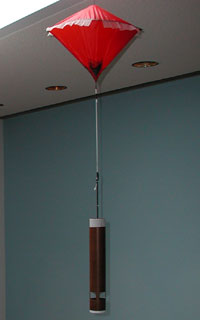Dropsondes carry instruments that measure temperature, humidity, air pressure, and wind speed. They are dropped on small parachutes from airplanes.
Image courtesy of UCAR.
Instruments in the VOCALS Field Campaign
Scientists use lots of instruments during the VOCALS field campaign. The instruments collect data about the atmosphere and the ocean. Some of the instruments are on satellites or airplanes. Other instruments are on ships or buoys in the ocean.
Radar measures wind speed and spots rainfall. It can also measure the sizes of water droplets in clouds. LIDAR is like radar but uses laser light instead of radio waves. LIDAR measures tiny aerosol particles and the "edges" of clouds.
Radiosondes and dropsondes carry instruments that measure pressure, altitude, temperature, humidity, and wind. They are lifted into the sky on balloons or dropped on parachutes from airplanes.
Cameras on airplanes and satellites take pictures of clouds and the sea surface. Radiometers measure the amount of sunlight reflected from cloud tops. They also measure infrared radiation coming from different levels in clouds and the atmosphere. They can find out how much light can pass through clouds. Spectrometers measure chemicals in the atmosphere and in aerosols.
Instruments towed by ship measure temperature, saltiness, and pressure in the ocean. A special kind of sonar collects data on ocean currents.
You might also be interested in:
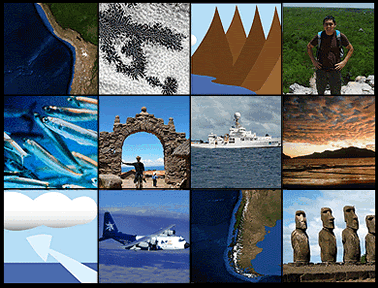
Sometimes scientists have to go far from home to find answers to their questions. Just like you, they have many questions, such as: What types of clouds form over the Pacific Ocean? What instruments should
...more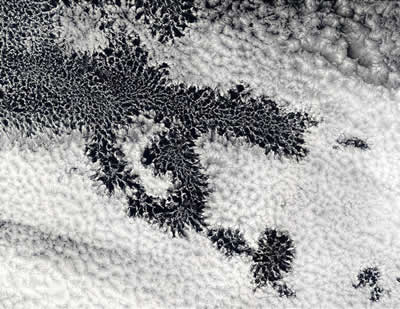
Scientists use satellites in the VOCALS field campaign. They also gather data from instruments on ships and on airplanes. They put the data from the satellites, ships, and aircraft together to get a better
...more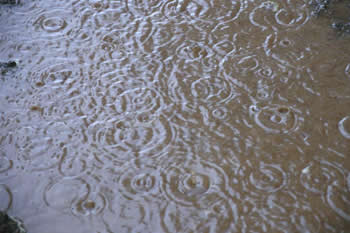
Raindrops form when tiny water droplets collide together in clouds to form bigger ones. When they get too heavy, rain falls out of the clouds. Rain is more than 5mm in diameter. The types of clouds that
...more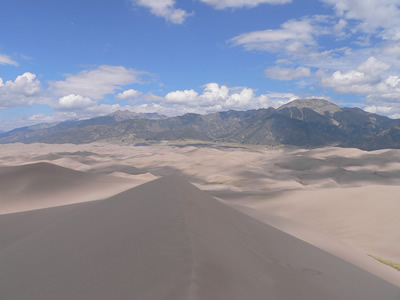
A cloud is composed of tiny water droplets or ice crystals. A series of things have to happen in order for these water droplets or ice crystals to form into clouds in the atmosphere, and different types
...more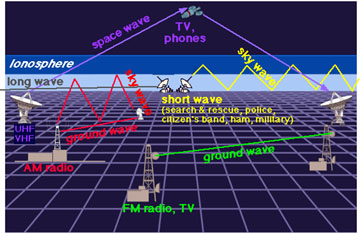
Text for this level has not been written yet. Please see the "Intermediate" text for this page if you want to learn about this topic. To get to the "Intermediate" text, click on the blue "Intermediate"
...more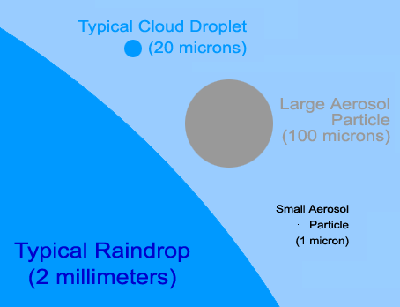
When you look up at the sky, you are looking at more than just air. There are also billions of tiny bits of solid and liquid floating in the air. These tiny particles are called aerosols or particulates.
...more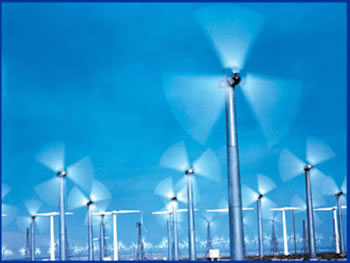
Wind is moving air. Warm air rises, and cool air comes in to take its place. This movement creates the winds around the globe. Winds move at different speeds and have different names based on their speed.
...more
